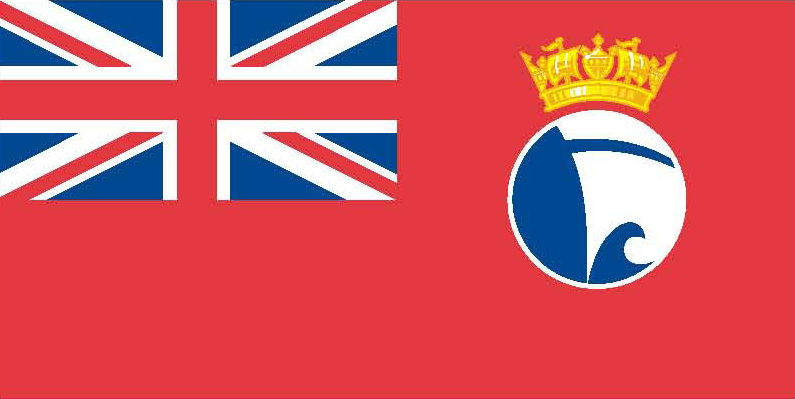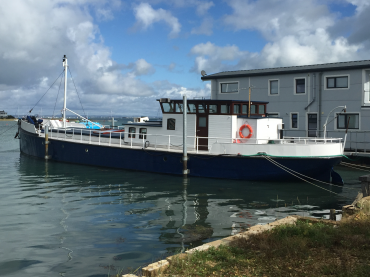Details
Construction
Dimensions
History
CABBY was the last wooden barge built in Rochester. Her construction started in 1925, but because of a slump in trade, was not completed for another three years. For more than a decade she carried grain, animal feeds, timber and other bulk cargoes between London Docks, Colchester, Whitstable and various ports on the south and east coast.
She was at Ipswich in 1940 when ordered to London and loaded with drums of freshwater for the troops at Dunkirk. Instead, she was sent to the Downs to await further instructions which, coming after several days, ordered her to Brest. She was well on passage when fresh instructions returned her to Plymouth. From there, under war service, she went to Ireland, the Clyde, and then to the Hebrides where she was given a new wheelhouse. Finally CABBY spent the rest of the war years at Greenock.
Many of the requisitioned sailing barges came back from the war in a poor state, too old to go back into trade, and were sold for as little as £500 each to be converted into houseboats. CABBY, however, went back to work until trade in the London docks declined. Alex Rands, who took her over from his father and first master Harry Walter, recalls loads of 'just about anything' - cement, asbestos tiles, china clay, Portland stone - and trips as far away as Antwerp. She carried her last load in the late 1960s and was converted to passenger use, spending the winters laid up at Snape Maltings and her spring/autumn season earning her keep out of Rochester. With the exception of her engine and the conversion into comfortable conference accommodation, CABBY has been restored to her original appearance.
In February 2021 it was reported that campaigners have launched a bid to make CABBY a permanent fixture at Wells-next-the-Sea. Burnham Overy filmmaker and author Jim Ring is part of the group that wants to see the vessel restored and brought to the north Norfolk port. First steps would be to carry out a condition survey and feasibility study to establish how CABBY could be put to use in Wells.
Key dates
- 1928 Built in Rochester
- 1928-1940 Carried cargoes of grain and animal feed
- 1940 Requisitioned for war service
- 1945-1960 Carried general cargo
- Late 1960s Converted to passenger use
- 1970 Re-rigged as a company charter barge
- 1989-1990 Major re-fit for continued use as a charter vessel
Sources
Norman J Brouwer, International Register of Historic Ships (Edition 2, 1993) pub: Anthony Nelson
Christian Brann, The Little Ships of Dunkirk: 1940-1990 (1989) pub: Collectors Books Ltd
Geoffrey Hamer, Trip Out 1995/6 - A Guide to the Passenger Boat Services of the British Isles (1995) pub: G P Hamer
D G Wood, Barges Sailing Today: Sailing Barge Information Pamplet No: 1 (1995) pub: Society for Spritsail Barge Research
Richard Walsh, Classic Boat (September, 1998) Thames barging
Own this vessel?
If you are the owner of this vessel and would like to provide more details or updated information, please contact info@nationalhistoricships.org.uk
















